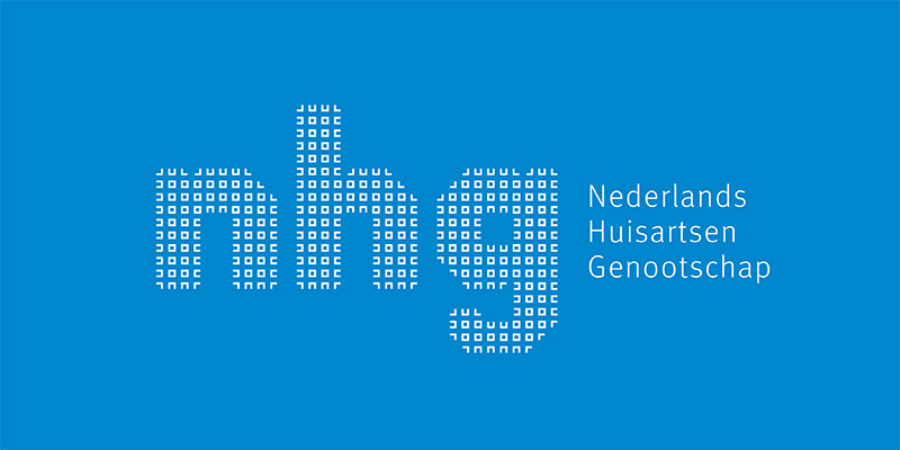I became a GP in 1989, 44 years after the first randomised controlled trial, 41 years after the formation of the UK National Health Service, one year before the first UK practice went ‘paperless’, and two years before the term ‘evidence-based medicine’ (EBM) was first used in a scientific paper.
I had a young baby but for financial reasons I worked full time. There were no crèche facilities so I left my baby with a childminder and expressed my breast milk surreptitiously in the consulting room between patients. When I got home in the evening, I put my two bottles of EBM (expressed breast milk) in the freezer and took out two frozen ones to thaw for the next day. When the baby settled down to sleep, I got out my half-written PhD thesis (indeed, reading aloud from the draft chapters was the only reliable way of sending the baby to sleep in the first place).
It took me six years to write up the thesis. I had to take a viva examination in a subject that had long since ceased to interest me (the kinetics of insulin absorption and the biochemistry of the C-peptide molecule). But thankfully the epicentre of research in this field had moved elsewhere, and my humble study was now seen as a historical digression that deserved to be placed to gather dust on an obscure shelf in the Cambridge University Library. Rather than claiming to have made any enduring contribution to the knowledge base, I presented my work as a meander down a curious side road, and – perhaps on the strength of my storytelling skills – passed my viva.
By this time I was a job-sharing partner in a somewhat old-fashioned but well-regarded general practice in north London, which had been set up in the early 1960s by a recently qualified woman doctor. She was now nearing retirement and wanted to go part time. She showed me a letter, written in 1960 by the Chair of the Family Practitioner Committee to another senior male, advising that whilst a young woman with three small children was not an ideal choice for a family doctor in a needy area, he felt that she could make an important contribution (though he didn't seem very convinced). In fact, my partner soon built up one of the most popular practices in the area and received an award from the Queen for her services to medicine. My job-sharing partner was a ‘high church’ Christian and practising in a predominantly Jewish area, and was therefore a particular favourite of ultra-Orthodox Jews who did not wish to be treated by a less Orthodox member of their own community. When I joined the practice in 1993, around half the patients were from sects that required them not to drive, use the telephone, carry money, light a fire or push a pram on the Jewish Sabbath, and which also set strict rules for the relationships between husbands and wives (and, indeed, between patients and doctors of different genders). I made no secret of my ignorance in these matters, and it was not long before the Orthodox Jewish community had appointed a group of middle-aged ladies to provide me with advice on everything from the psychology of the Bar Mitzvah to the practicalities of Kosher sex. Much of my work with this community was antenatal care and paediatrics, since the average number of children born to a couple was around six. I had several families with more than ten children living at home in a modest, three-bedroom house. But beneath the strange-looking outer clothing, the tasselled vests, and the heavy wigs that were compulsory for women, the members of this fascinating community developed the same illnesses as anyone else – asthma, diabetes, depression, and so on. My ten years at the practice (1993-2003) saw the introduction of several innovations. One was the routine recording of clinical data on computer, which allowed me to develop screening protocols and to produce aggregated data on patterns of illness. The ability to move from individual clinical care to a population perspective by “running a search” enabled me to raise (and attempt to answer) a host of questions in both audit to research. For example, the Jews seemed to have a very high incidence of foot problems (verrucas, ingrowing toenails, flat feet, bunions and so on). My informal advisory group of Jewish mothers told me that this was because the Jews are a wandering race, but I personally suspected it was pure coincidence. And so it turned out. A computer search for these problems on the practice population of 14000 showed that there was no excess of any of these conditions in those living in ‘Orthodox’ parts of town. Word had simply got around at the synagogue that there was a nice young doctor at the surgery on the corner who was interested in feet! But using the same dataset, I did demonstrate a significant excess of early-onset breast cancer in this population of Ashkenazi Jews. These cancers, which often presented late in the course of the disease, caused havoc in large, traditionally structured families where everything revolved around mother. A research project to address delayed presentation and attitudes to mass screening for breast cancer genes is now at a pilot stage; the multidisciplinary research team includes a geneticist, an Israeli anthropologist and a rabbi. What of the future? I am no longer a family doctor, having moved into full-time research, though I still see patients one or two sessions a week. I remain passionate that research must be driven by the clinical observations and community experiences of doctors and nurses working ‘at the coal face’ in primary care. I am now linked with several local GP practices who are interested in research, as well as working at national level with large collaborative projects such as the Medical Research Council's General Practice Research Framework of more than 1000 practices. Ongoing projects include an exploration of the experience of interpreted consultation from the triple perspective of the interpreter, the GP and the patient; an evaluation of a software package designed for the primary-secondary care interface that combines online referral, email advice, and evidence-based decision support; and a review of the impact of research management and governance regulations on GPs’ ability to undertake practice-based research.
Reacties
Er zijn nog geen reacties.


